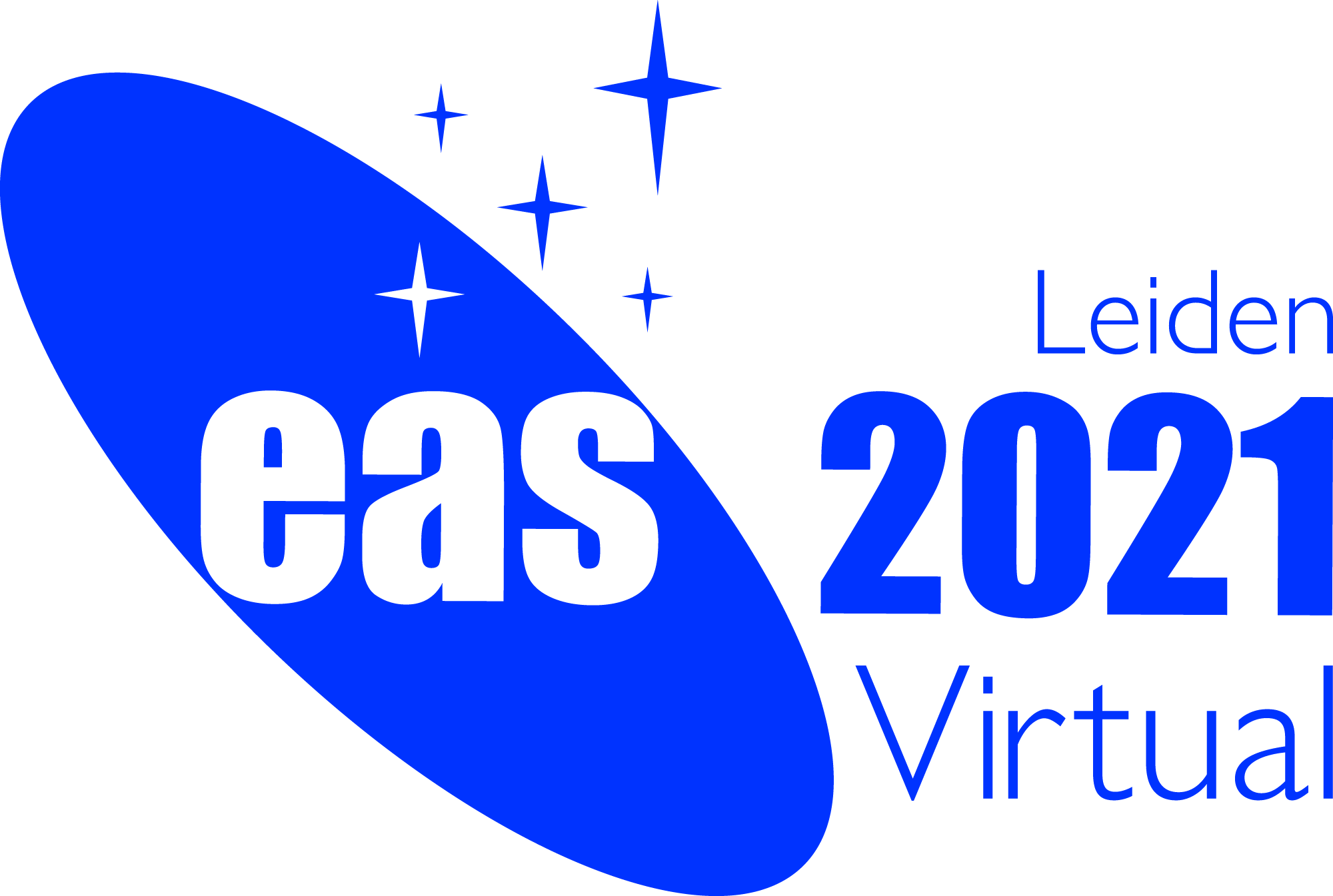Special Session SS25
29 June 2021
The route to coalescence of supermassive black hole binaries: a comprehensive view
Aims and scope
Coalescing massive black hole binaries (MBHBs) are key targets for several ongoing and planned gravitational wave (GW) facilities, such as the Pulsar Timing Array (PTA) and Laser Interferometer Space Antenna (LISA). These observatories, aided by ambitious forthcoming electromagnetic (EM) telescopes (e.g. SKA, ELT, Athena, Rubin Observatory, ngVLA) promise to revolutionize our understanding about the origin and evolution of massive black holes (MBHs) across the cosmic time, unveiling the properties of merging MBHBs and providing an unprecedented probe for the hierarchical clustering of galaxies since the dawn of structure formation.
The aforementioned facilities call for a significant effort to successfully model the inspiral of MBHBs, from the kpc-scale galaxy merger, down to the mpc-scale GW-driven decay. Decades of dedicated theoretical research have identified a set of typical evolutionary stages that pace the sinking of MBHBs and their characteristic timescales; however, the established paradigm has been recently challenged by state-of-the-art simulations highlighting the possibility of a much more erratic MBHB evolution, associated with stochastic gravitational torques acting virtually at all scales. On the observational side, a number of dual or binary MBH candidates have been successfully identified throughout the years, but the lack of unambiguous EM signatures associated with these systems has severely limited the number of clear-cut detections.
Very recently, a joint effort combining PTA and EM observations has allowed for the first time to constrain some properties and the evolutionary timescale of a set of MBHBs. This demonstrates the enormous potential of gathering different communities and paves the way for a concerted community endeavor that combines GW and EM observations together with novel results from theory and simulations, all aimed at reaching a clear-cut understanding of the evolution of MBH pairs at all possible scales, galaxy morphologies and cosmological redshifts.
The proposed meeting thus represents an excellent opportunity to gather different communities in an informal and inclusive context, to trigger critical discussions and foster new interdisciplinary collaborations, in order to identify critical points to be addressed with joint forces in view of the exciting future of multimessenger astrophysics of MBHBs.
Programme
The programme will be structured in three thematic blocks:
- The galactic scale inspiral (9:00-10:30 CEST):
- MBH pairs across redshifts and galaxy morphologies
- What drives the large scale pairing? Hints from theory and observations
- Bound binary evolution (11:00-12:30 CEST):
- Which mechanisms promote the MBHB shrinking in different galactic environments and at different redshifts?
- Which observational signatures do different mechanisms provide with? How can observations constrain the MBHB population and sinking processes?
- The GW inspiral and perspectives for multimessenger observations (16:30-18:00 CEST):
- MBHB parameter estimation via the GW signal: what can we learn on the MBH population and path to coalescence?
- Which EM counterparts can we expect from a MBHB coalescence?
- What can we learn from joint GW and EM observations?
Invited speakers
- Mark Avara
- Maria Charisi
- Michael Eracleous
- Adi Foord
- Zoltan Haiman
- Marta Volonteri
Scientific organisers
Matteo Bonetti (University of Milano-Bicocca, SOC chair), Elisa Bortolas (University of Milano-Bicocca, SOC chair), Krisztina Gabányi (Eötvös Loránd University), Jessie Runnoe (Vanderbilt University)
Contact
matteo.bonetti@unimib.it;
elisa.bortolas @ unimib.it
Updated on Mon Feb 22 14:16:18 CET 2021
|

 A power cut will shut down all EAS services on Tuesday, 10 January 2017 starting at 7:30 CET.
A power cut will shut down all EAS services on Tuesday, 10 January 2017 starting at 7:30 CET.


